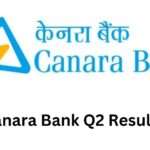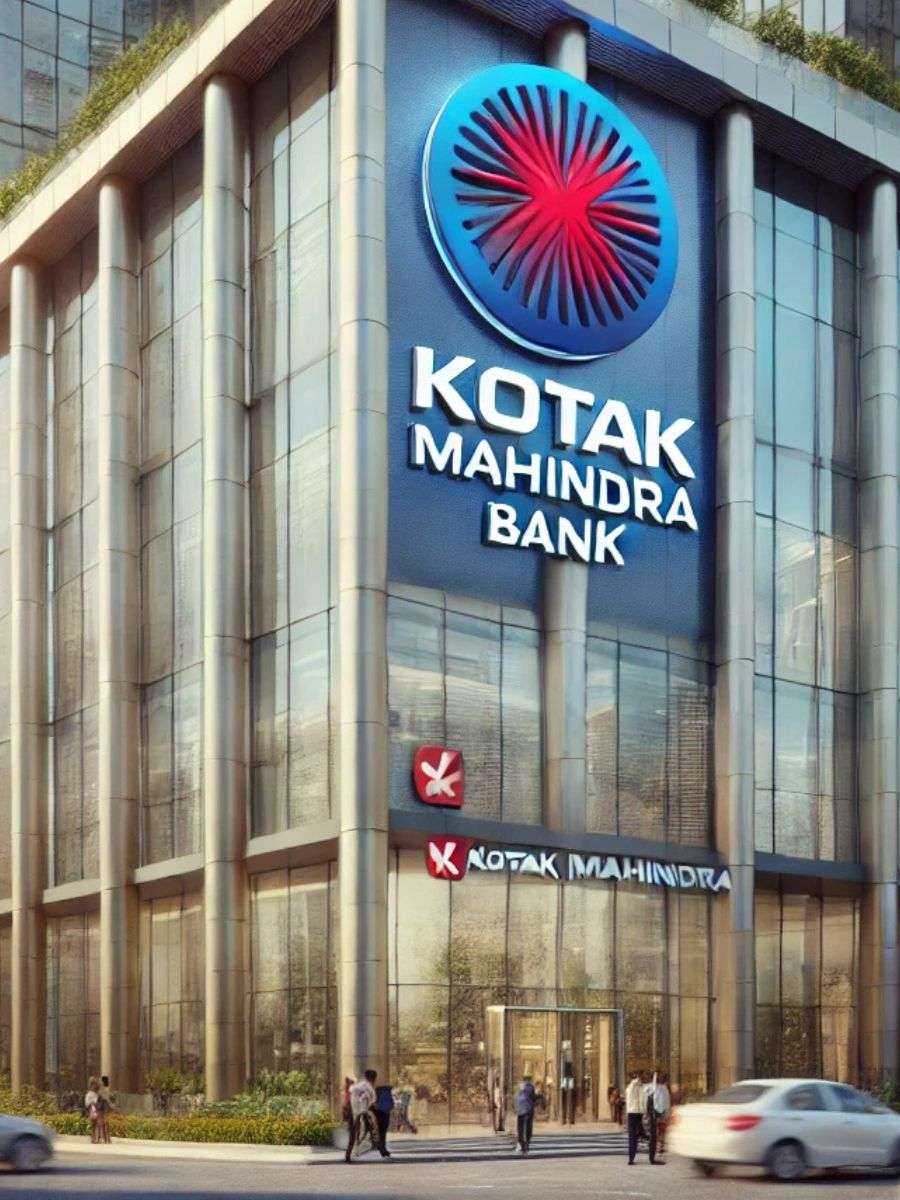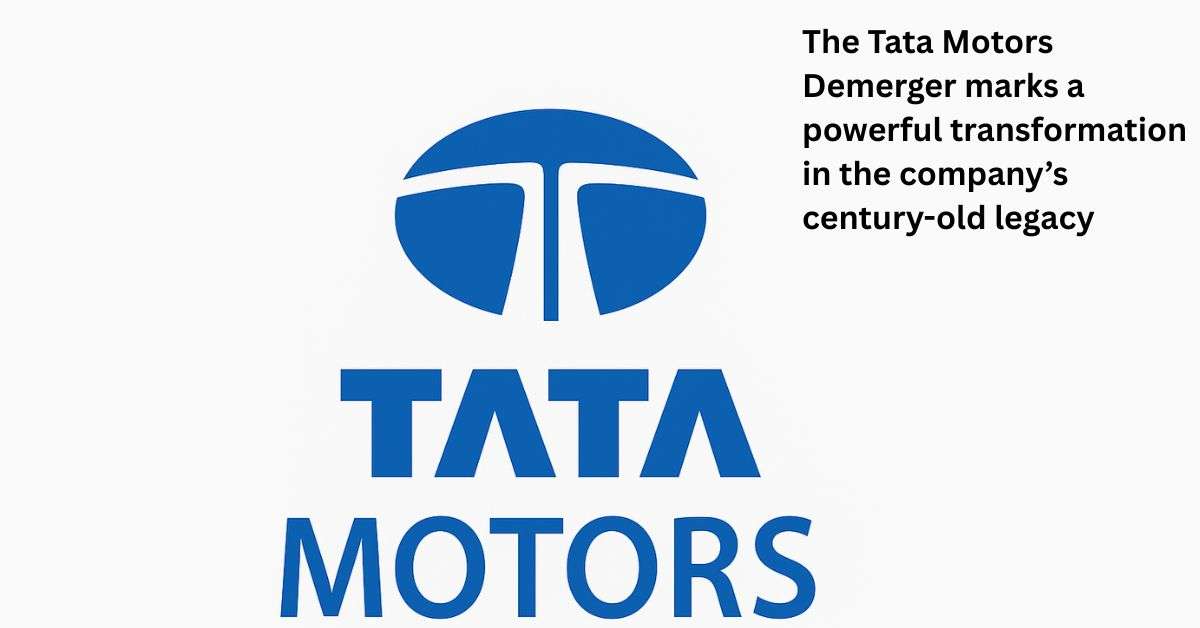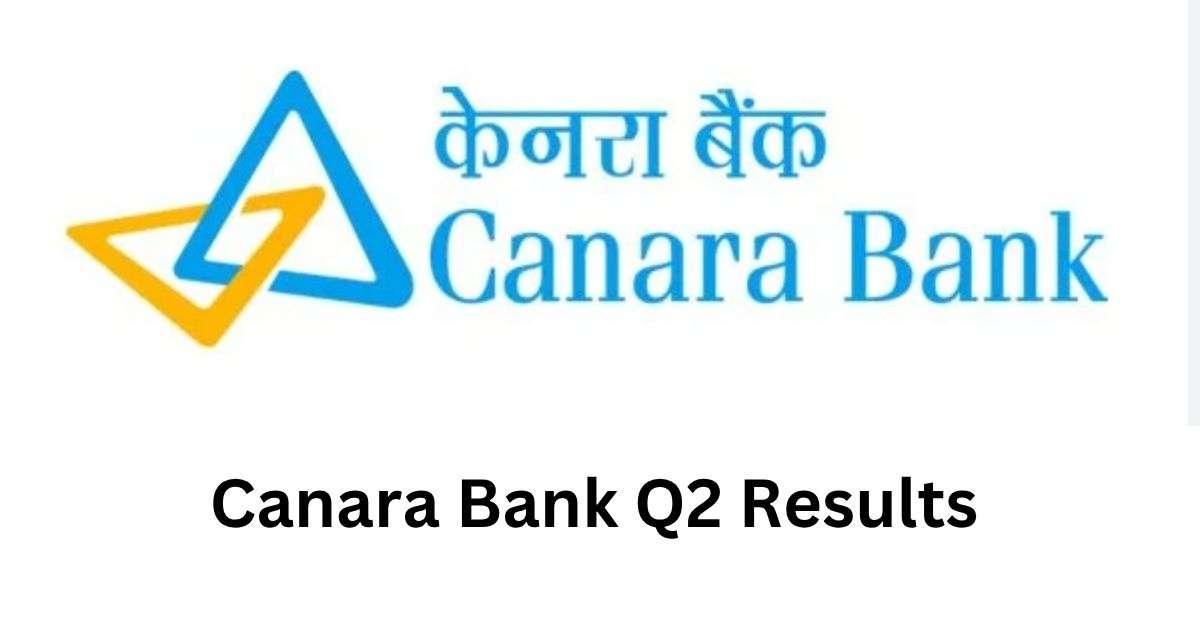Kotak Mahindra Bank’s share price witnessed a significant drop of 7.2%, settling at ₹1,735 during intraday trading on October 21. The decline came after the bank reported disappointing Q2FY25 earnings, which failed to meet market expectations. This led to many analysts slashing their target prices for the stock, citing issues such as rising credit costs, low margins, and stressed unsecured loan portfolio.

Kotak Mahindra Bank Q2FY25 earnings overview
Kotak Mahindra Bank’s Q2FY25 results fell short of market expectations. While the bank’s net profit grew 5% year-on-year to ₹3,344 crore, it was well below estimates. The key challenges included an 80% rise in provisions for bad loans, which reached ₹660 crore, and a drop in net interest margin (NIM), which fell 11 basis points to 4.9%. Gross non-performing assets (GNPA) also rose 10 basis points to 1.49%, indicating deteriorating asset quality.
Reasons behind the 7.2% drop in the stock
The fall in the stock was driven by several factors:
Low profit growth: Although net interest income (NII) grew 11.5%, the 5% profit growth was considered disappointing.
Rise in provisions: An 80% rise in provisions for bad loans highlighted potential risks in the unsecured loan portfolio.
Declining margins: A drop in NIM, partly due to regulatory restrictions, added to investor concerns.
Unsecured loan stress: The bank’s unsecured loans, particularly in credit cards and microfinance, saw increased stress levels, limiting growth prospects in the near term.
High provisions and low margins
Kotak Mahindra Bank’s Q2 performance showed a rise in net interest income, but this was offset by a sharp rise in provisions and contingencies. The bank’s focus on maintaining asset quality came at the cost of profitability. The bank’s NIM fell by 4.9% from the previous quarter, mainly due to higher financing costs and regulatory constraints, including restrictions on issuing new credit cards and onboarding customers digitally.
RBI’s regulatory constraints and unsecured loan portfolio
Kotak Mahindra Bank has faced regulatory restrictions from the Reserve Bank of India (RBI), which have impacted its ability to issue new credit cards and onboard customers digitally. These limitations have hurt the bank’s unsecured loan portfolio, which typically offers higher returns. As a result, the bank’s profit margins have come under pressure, and this trend is likely to continue in the coming quarters.
Analysts cut target prices
Following the disappointing second quarter earnings, several brokerage firms revised their target prices for Kotak Mahindra Bank. Phillip Capital downgraded the stock from ‘buy’ to ‘neutral’ rating, reducing the target price from ₹2,010 to ₹1,940. Systematix and Motilal Oswal also cut their target prices, citing concerns about rising credit costs and the bank’s limited short-term growth potential.
Phillip Capital’s downgrade
Phillip Capital cited stress in Kotak Mahindra Bank’s unsecured lending segment, particularly credit cards and microfinance, as the reason for its downgrade. The firm expects this stress to persist in the near future, limiting profitability and growth. As a result, the target price was cut to ₹1,940.
Ratings by Systematics and Motilal Oswal
Systematics revised its target price to ₹2,010 from ₹2,090 but maintained a ‘buy’ rating, expecting a moderate recovery over the next few years. Meanwhile, Motilal Oswal lowered its target price to ₹1,950 and maintained a ‘neutral’ stance, noting that regulatory challenges and rising credit costs will continue to impact the bank’s performance.
Positive outlook by Investec and Goldman Sachs
Despite the downgrade, Investec and Goldman Sachs maintained a positive long-term outlook on Kotak Mahindra Bank. Investec lowered its target price slightly to ₹2,185 but maintained a ‘buy’ rating, while Goldman Sachs remained bullish with a target price of ₹2,286, expecting the bank to overcome short-term challenges and deliver strong growth in the future.
Kotak Mahindra Bank Asset Quality
The bank’s asset quality has shown signs of deterioration, with GNPA rising to 1.49% and slippages increasing to ₹1,870 crore, implying a slippage ratio of 1.92%. The rise in bad loans, especially in the unsecured loan segment, has led to higher provisions, which has put pressure on the bank’s earnings.
Rising slippages and its impact on earnings
The rise in slippages in the unsecured loan segment led to higher provisions and credit costs, which directly impacted the bank’s earnings. The rise in credit costs, especially in the microfinance and credit card segments, contributed to lower-than-expected profit growth in Q2.
Impact of Standard Chartered Loan Book Acquisition
Kotak Mahindra Bank recently agreed to acquire Standard Chartered Bank’s personal loan portfolio for ₹3,500 crore. The acquisition is expected to boost Kotak Mahindra Bank’s retail loan book and enhance its digital lending capabilities. It also provides the bank with an opportunity to grow its unsecured loan portfolio despite the current regulatory challenges.
Strategic Moves by Kotak Mahindra Bank
Kotak Mahindra Bank is taking several steps to address its current challenges. The acquisition of Standard Chartered’s loan book is part of the bank’s strategy to expand its retail presence and strengthen its digital offerings. The bank is also working to resolve regulatory issues and revamp its digital customer onboarding process, which will help drive growth in the future.
Future Outlook for Investors
In the near future, Kotak Mahindra Bank faces several challenges including regulatory hurdles, rising credit costs, and shrinking margins. However, its long-term outlook remains cautiously optimistic. Once the bank resolves these short-term challenges, it is expected to benefit from its strong retail franchise and strategic acquisitions. Investors should keep an eye on key performance indicators such as NIM, slippages and loan growth in the unsecured segment to gauge the bank’s recovery.
kotak mahindra bank customer care number
Kotak mahindra bank customer care number click here
Conclusion
Kotak Mahindra Bank’s Q2FY25 earnings report fell short of market expectations, leading to a sharp decline in its stock price and several downgrades by analysts. While the bank continues to face challenges related to asset quality and regulatory hurdles, its long-term growth potential remains intact. Investors should remain cautious in the short term but could find opportunities in the stock once the bank resolves its current issues.
ZERODHA 1) : https://zerodha.com/open-account?c=EJ4366
Angelone 2) : https://tinyurl.com/2gloc3g6 or
Upstox3): https://link.upstox.com/9w4tNo1rK8au7VK47









